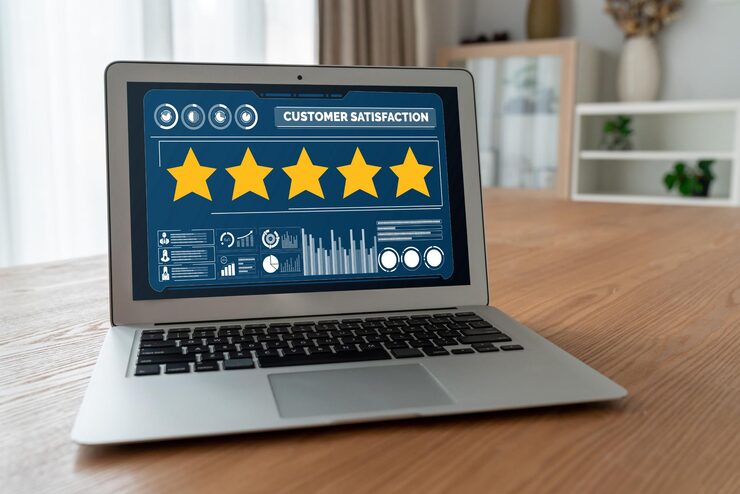Introduction
Tax consulting is entering a phase of accelerated digital change in 2025. Advances in artificial intelligence, automation platforms, and tax authority digitalisation are shifting work from repetitive compliance tasks toward higher-value advisory work but they also raise new operational, ethical, and regulatory challenges.
Big picture: what’s driving change
- AI & automation: Generative and agentic AI are being embedded into workflows to draft analyses, map data, and surface risks faster than before.
- Data-first operations: Firms and tax authorities are prioritising better data pipelines and continuous reporting over batch processes.
- Digital tax administration: Many jurisdictions are modernising their digital channels, APIs, and compliance ecosystems.
- New workforce skills: Tax professionals are expected to combine tax knowledge with data skills and AI oversight capabilities.
These drivers are not theoretical major consultancies and industry surveys show rapid investment and strategy shifts across the profession.
How AI & automation are changing daily work
In 2025 firms are using AI to automate routine drafting (emails, memos), extract and map tax data, run scenario simulations, and pre-screen tax filings for anomalies. This frees staff for interpretation, strategy and client conversations, while also reducing simple errors. However, firms must build guardrails to manage data quality, explainability, and liability when AI assists in advisory outputs.
Tax administrations and the move to always-on digital compliance
Tax authorities globally continue to roll out digital strategies from digital identity and e-invoicing to APIs for data exchange and real-time reporting. OECD research shows a high share of administrations have formal digital transformation plans and are implementing components of a Tax Administration 3.0 model (digital identity, data platforms, analytics). That shift changes how firms collect evidence, prepare returns, and respond to audits.
Industry-scale adoption & new vendor models
Large players and investors are consolidating and investing heavily in tech-enabled tax services bringing scale and standardized AI capabilities into core practice areas. New platforms that orchestrate multiple AI agents are appearing, enabling complex, multi-step automation across systems. These industry moves accelerate the availability of advanced tooling for mid-size and smaller firms via partnerships or acquisitions.
Security, ethics and regulation
As firms rely on third-party AI and cloud providers, data security and compliance become central concerns. Regulators and professional bodies are beginning to require disclosure of AI use, data provenance checks, and more robust client consent processes. Firms should align AI use with professional standards and establish audit trails for automated decisions.
New skills and organisational changes
The practitioner of 2025 is part tax expert, part data-manager, part AI-ethics steward. Expect growing demand for roles like tax data engineer, AI governance lead, and automation architect inside tax teams. Upskilling programs and vendor partnerships will be a critical part of talent strategy.
Practical steps for tax firms
- Audit your data: Map where tax data lives and standardize ingestion pipelines.
- Start small with AI: Pilot AI for time-consuming tasks (document review, reconciliation) and measure error reduction and time saved.
- Build governance: Define acceptable AI uses, explainability standards, and client disclosure templates.
- Partner strategically: Evaluate platforms that offer API-first integrations with e-filing and ERP systems.
- Train people: Invest in data literacy and AI oversight training for tax teams.
What clients should expect
Clients will get faster responses, more scenario-driven planning, and higher-value strategic advice but they should also ask their advisors how client data is used, whether AI assisted outputs are reviewed by humans, and what safeguards are in place for accuracy and privacy.
Short case snapshot
Example: A mid-size advisory that used AI to prefill returns and run anomaly detection cut review time by more than half, allowing teams to offer bespoke tax planning workshops to key clients. (This type of efficiency is increasingly reported across industry write-ups and surveys in 2024–2025.)
Conclusion Embrace change, responsibly
2025 is the year when digital tools move from experimental to operational in tax consulting. Firms that pair technology adoption with strong governance, data discipline, and targeted reskilling will capture the biggest gains delivering faster compliance and deeper advisory value to clients while managing the risks that come with a highly digitized practice.










